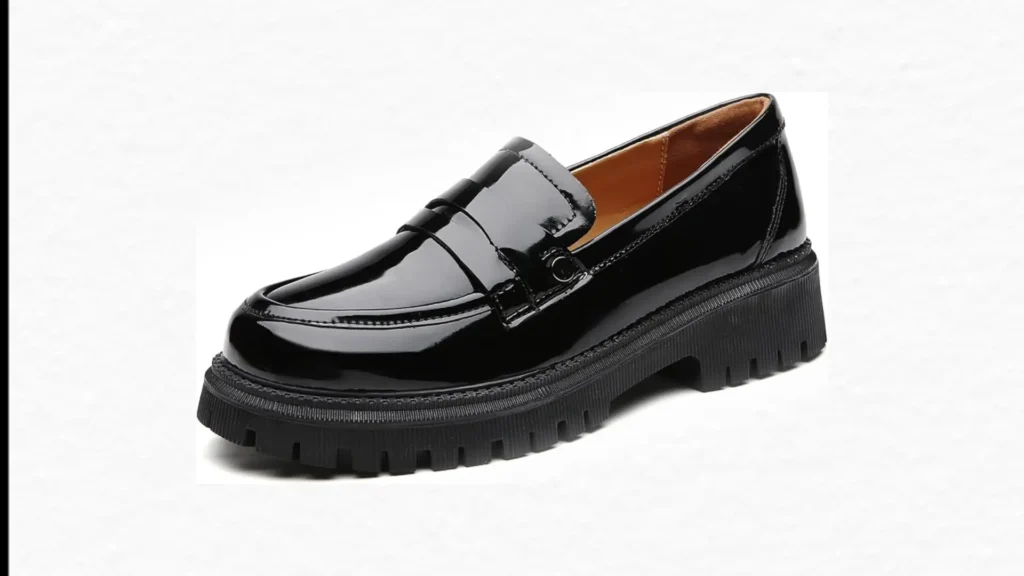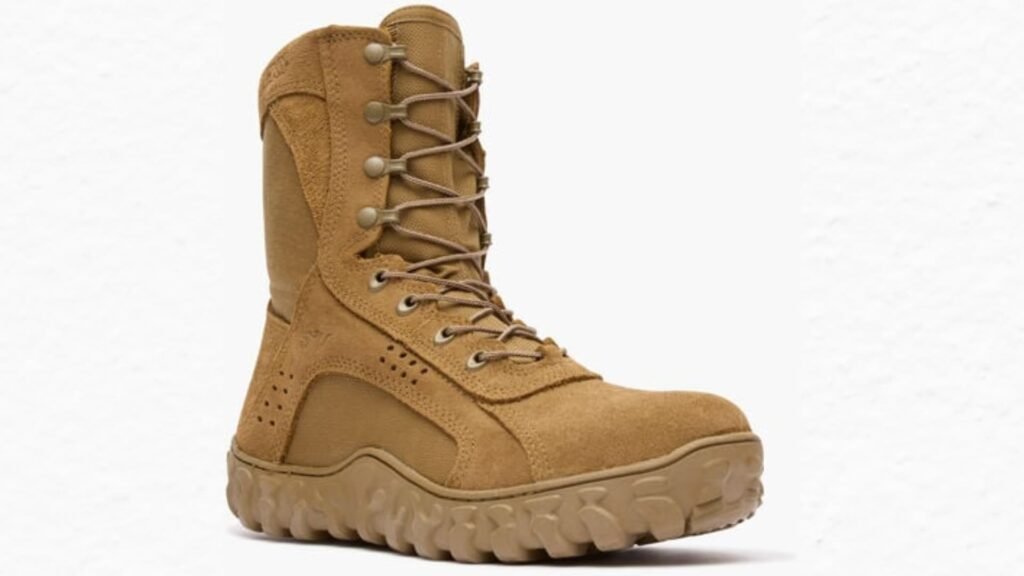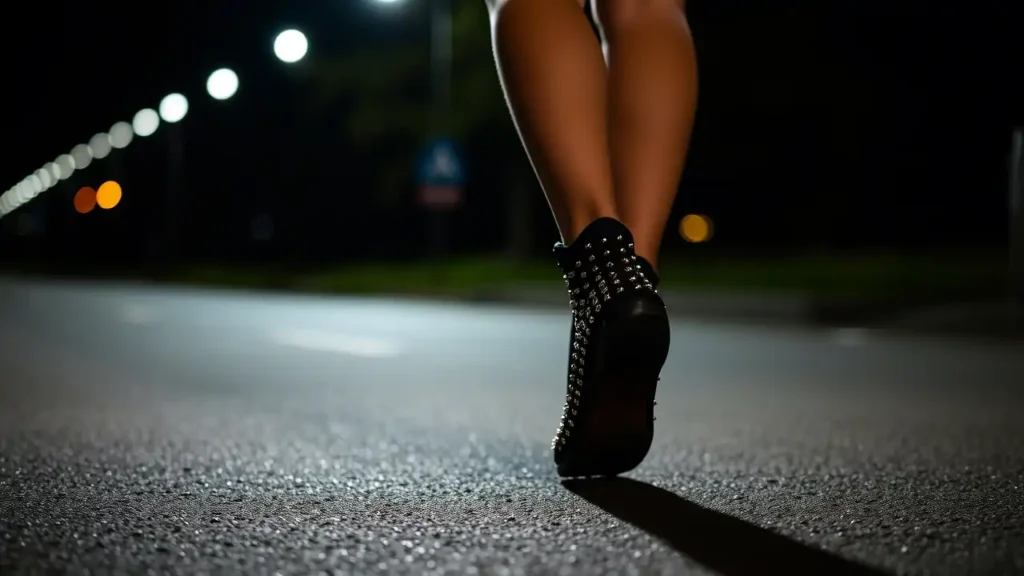Leather shoes are favored for their durability, and elegance. From classic dress shoes to rugged boots, leather footwear has earned its reputation as a timeless choice.
However, leather comes with its own set of advantages and disadvantages. In this article, we’ll explore the pros and cons of leather shoes to help you make an informed decision about whether they’re the right choice for your wardrobe.
The Pros of Leather Shoes
Durability and Longevity
One of the most significant benefits of leather shoes is their exceptional durability. Choose full-grain or top-grain leather shoes. They are of high quality.
High-quality leather is renowned for its strength and resistance. Leather retains its structure after years of use.
With regular cleaning, conditioning, and polishing, leather shoes can last for decades. So they are a smart long-term investment. This longevity reduces the need for frequent replacements of your shoes.
Breathability
Leather’s natural composition sets it apart from synthetic alternatives when it comes to breathability. Leather allows air to circulate freely. They keep your feet cool and comfortable throughout the day. This ventilation helps regulate temperature and prevents excessive moisture buildup.
Whether you’re wearing leather dress shoes during a summer wedding or sturdy leather boots on a warm afternoon hike, the breathability of leather ensures that your feet stay fresh and dry.
This feature makes leather an excellent footwear for extended wear.
Comfort and Fit
Another standout advantage of leather shoes is their ability to adapt to the unique contours of your feet.
Over time, leather softens and molds itself to the shape of your foot. This creates a personalized fit that enhances comfort. This break-in process transforms new, slightly stiff shoes into a second skin. This new fit offers unparalleled support and ease of movement.
Additionally, many high-end leather shoes come with cushioned insoles, arch support, and ergonomic designs that further enhance their wearability.
The combination of a custom fit and thoughtful construction makes leather shoes a favorite.
Aesthetic Appeal
Few materials can rival the luxurious look and feel of leather. From polished Oxfords perfect for formal events to rugged leather boots ideal for casual outings, leather footwear exudes sophistication and timeless style. Its rich texture and luster add a touch of elegance to any of your outfit.
Moreover, leather shoes age beautifully. They develop a unique patina that tells the story of their journey with you. This versatility and enduring charm make leather shoes a staple in fashion-conscious wardrobes worldwide.
Water Resistance
Leather is not completely waterproof. It offers impressive water-resistant properties.
Full-grain and top-grain leather, in particular, are naturally resistant to light rain and spills due to their dense fibers and protective finishes.
By applying leather conditioners, waxes, and sprays, you can enhance this resistance. This makes leather shoes suitable for various weather conditions. Their ability to repel water while maintaining breathability sets them apart from fully waterproof synthetic materials.
Eco-Friendly Leather Shoes
Sustainably sourced leather provides a biodegradable alternative to synthetic materials. Ethical brands are adopting innovative practices to minimize harm to the environment.
Vegetable-tanned leather, for example, uses natural tannins derived from plants instead of harsh chemicals. By choosing responsibly made leather shoes, you can enjoy the benefits of this classic material while supporting sustainable practices.
The Cons of Leather Shoes
Higher Cost
One of the most significant drawbacks of leather shoes is their higher price tag compared to synthetic footwear.
Quality leather shoes are crafted using premium materials and meticulous craftsmanship, which contribute to their elevated cost. For example, full-grain leather requires skilled labor and careful processing. This makes it expensive than lower-quality synthetics material.
The durability of leather shoes can offset the initial investment over time. But the upfront expense can be prohibitive for budget-conscious shoppers.
As a result, while leather shoes are a worthwhile investment for some, they may not be accessible to everyone.
Maintenance Requirements
Leather shoes demand consistent care and attention to maintain their appearance and functionality. Leather needs regular cleaning, conditioning, and polishing to prevent cracking, and fading.
For instance, exposure to moisture can lead leather shoes to water stains. Neglecting to condition the leather can cause it to lose its suppleness. Polishing is also essential to preserve the shoe’s shine and protect it from environmental factors.
This ongoing maintenance can be time-consuming. Moreover, they require specific products, such as leather cleaners, conditioners, and protective sprays. These additions add to the overall cost of ownership.
Failure to adhere to these care routines significantly shorten the lifespan of leather shoes.
Weight
The weight of leather shoes can sometimes be a disadvantage. Depending on the type of leather and the design of the shoe, leather footwear can feel heavier than lightweight synthetic shoes.
For example, thick, full-grain leather used in work boots provide excellent support but are cumbersome during extended periods of walking.
This added weight leads to fatigue, particularly for individuals who spend long hours on their feet or engage in activities requiring agility and mobility.
In contrast, modern synthetic materials are engineered to be durable and lightweight.
Limited Flexibility
New leather shoes lack the flexibility and softness that make them comfortable right out of the box. Full-grain leather, in particular, can feel stiff and rigid initially. They require a break-in period before they conform to the shape of your feet.
This process takes days or even weeks. The time duration depends on how frequently the shoes are worn and the quality of the leather.
During this time, you may experience discomfort, blisters, and soreness. This characteristic of leather shoes is frustrating.
Vulnerability to Extreme Conditions
Excessive moisture saturate leather fibers. This leads to warping, and mold growth in your shoes.
Direct sunlight cause leather to fade, crack, and dry out. Harsh chemicals, such as those found in cleaning agents and salted roads during winter, can also corrode the surface of leather shoes.
These vulnerabilities highlight the importance of proper storage and care.
Environmental Impact
Although leather is biodegradable and considered a natural material, the leather industry has faced widespread criticism for its environmental impact.
Traditional tanning processes rely on toxic chemicals. Chromium salts and formaldehyde pollute water sources and harm ecosystems.
Additionally, raising livestock for meat and leather production contributes to deforestation, greenhouse gas emissions, and resource depletion.
Ultimately, whether leather shoes are right for you depends on your priorities. If you value quality, longevity, and classic design, leather shoes are an excellent option. On the other hand, if affordability, ethical sourcing, and low-maintenance footwear is more important, you might want to explore alternatives.
By weighing the pros and cons, you can make a decision that aligns with your lifestyle, and values. After all, the best pair of shoes isn’t just about how they look—it’s about how they serve your needs.




